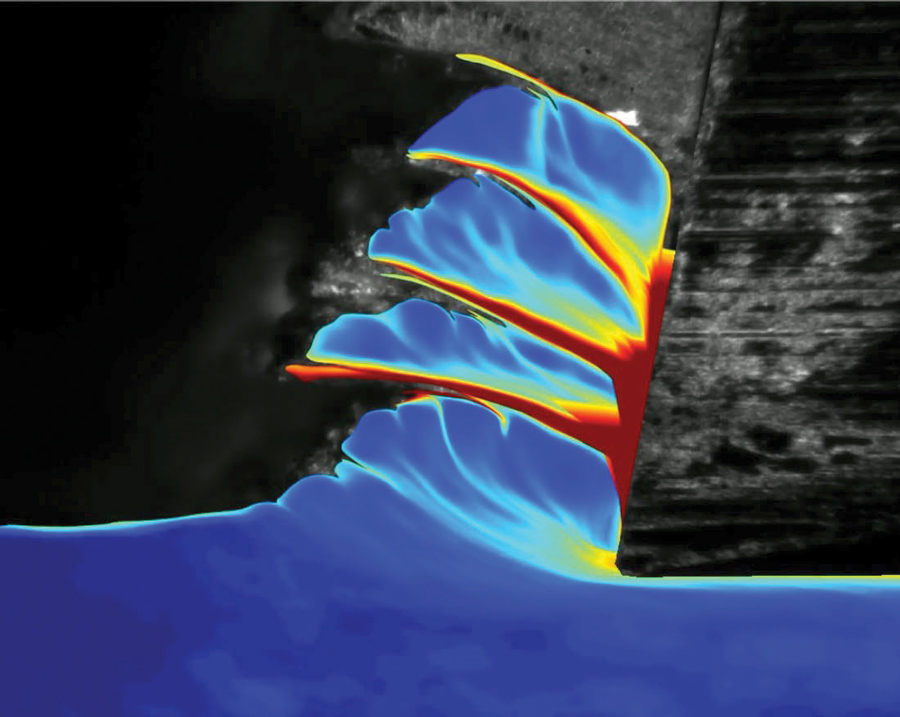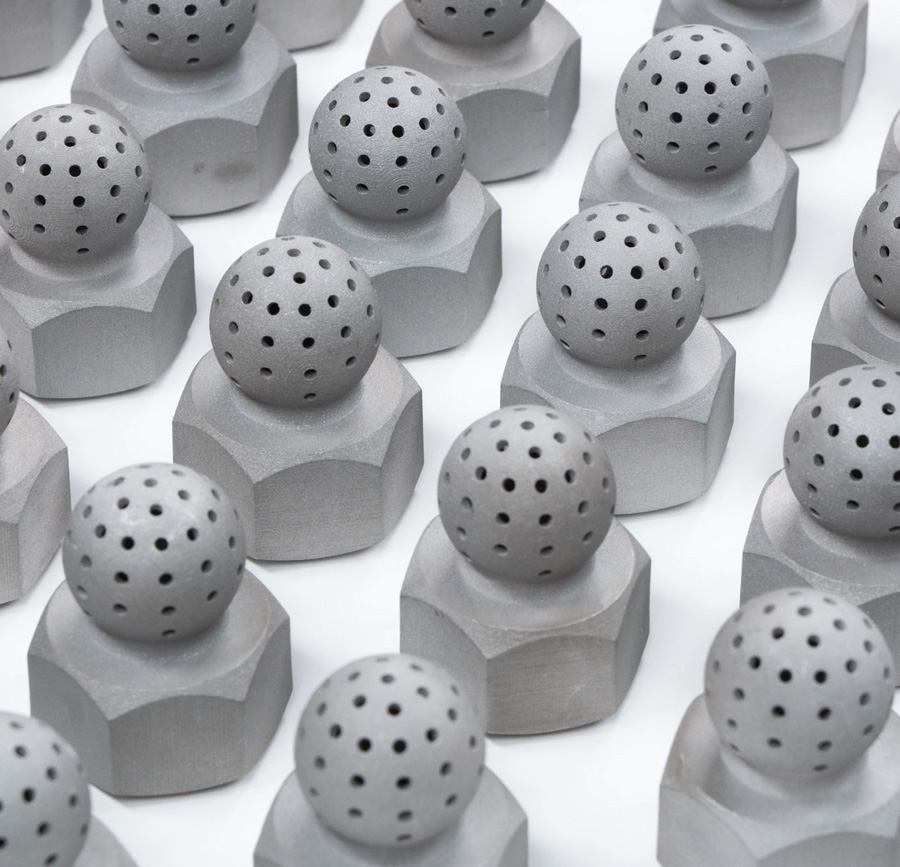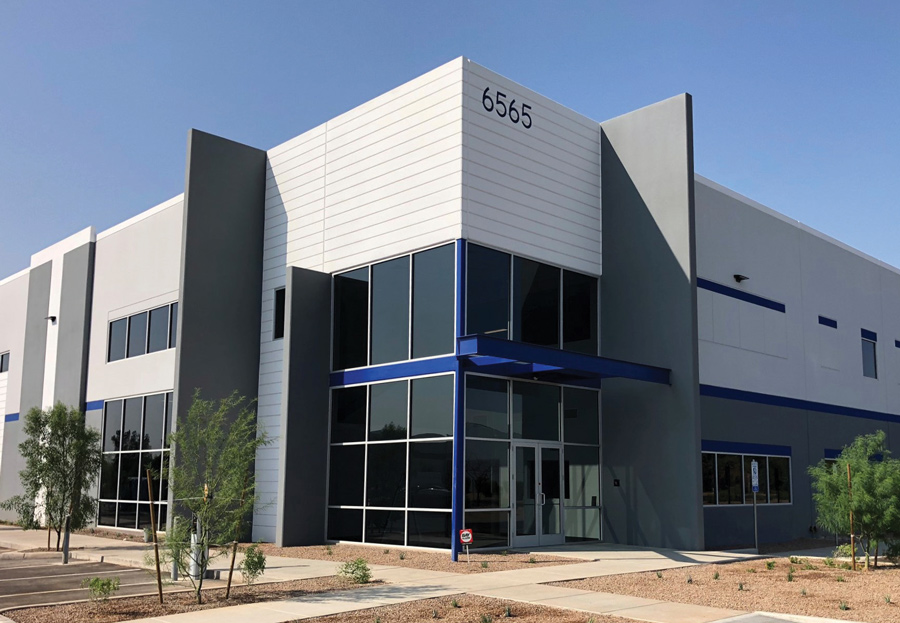Anirudh Udupa

Researchers previously demonstrated that the application of a permanent marker or Sharpie, glue or adhesive film made it easier to cut metals such as aluminum, stainless steels, nickel, copper and tantalum for industrial applications. Marking the metal surface to be machined with ink or an adhesive dramatically reduced the force of cutting, leaving a clean cut in seconds. Researchers now know how these films achieve this effect.
“We have found that you only need the organic film from the markers or glue to be one molecule thick for it to work,” says Srinivasan Chandrasekar, Purdue professor of industrial engineering. “This ultra-thin film helps attain smoother, cleaner, faster cuts than current machining processes. It also reduces cutting forces and energy.”
The capability to make a significant improvement to the machinability of gummy metals or alloys—how well they cut, drill or grind—promises to lower the cost of products, raise performance, and support new and improved product designs. The technology is especially suited to manufacturers in a range of industries such biomedical, energy, defense and aerospace.
The molecule chain length and its adsorption to the metal surface are key to realizing these improvements. By using the “right” organic molecules, the metal is locally embrittled resulting in improved machining.
“We are also learning more about how environmental factors influence failure of metals,” says Anirudh Udupa, a lead author on the study and a researcher in Purdue’s School of Industrial Engineering. “As we decipher how the organic molecular films improve the machinability of these metals, the better also is our understanding of common environment-assisted failures in metals, such as stress-corrosion cracking, hydrogen embrittlement and liquid metal embrittlement.”
Researchers at Purdue, Osaka University (Japan) and the Indian Institute of Science (India) collaborated on the study which was supported by the National Science Foundation and U.S. Department of Energy.
Purdue innovators worked with the Purdue Research Foundation Office of Technology Commercialization to patent the technology. Researchers are looking for partners to continue developing their technology.



















at ffjournal.net




